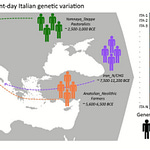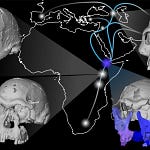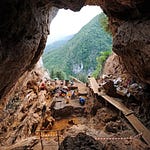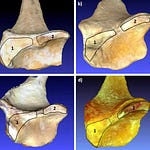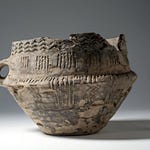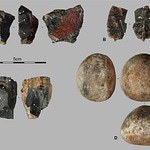For generations, archaeologists have traced early human migrations into Europe through familiar corridors: the Balkans, the Levant, and the shores of the Mediterranean. Yet the northeastern Aegean, dotted with olive groves and seaside towns, has remained an archaeological blank spot. Now a new survey 1of Ayvalık on Turkey’s northwestern coast points to a Paleolithic landscape where Homo sapiens and possibly Neanderthals moved, hunted, and crafted tools during periods of low sea level when today’s islands formed a single continuous plain.
“Ayvalık’s present-day islands and peninsulas would have been interior zones within an expansive terrestrial environment,” says Professor Kadriye Özçelik of Ankara University. “These paleogeographic reconstructions underscore the importance of the region for understanding hominin dispersals across the northeastern Aegean during the Pleistocene.”
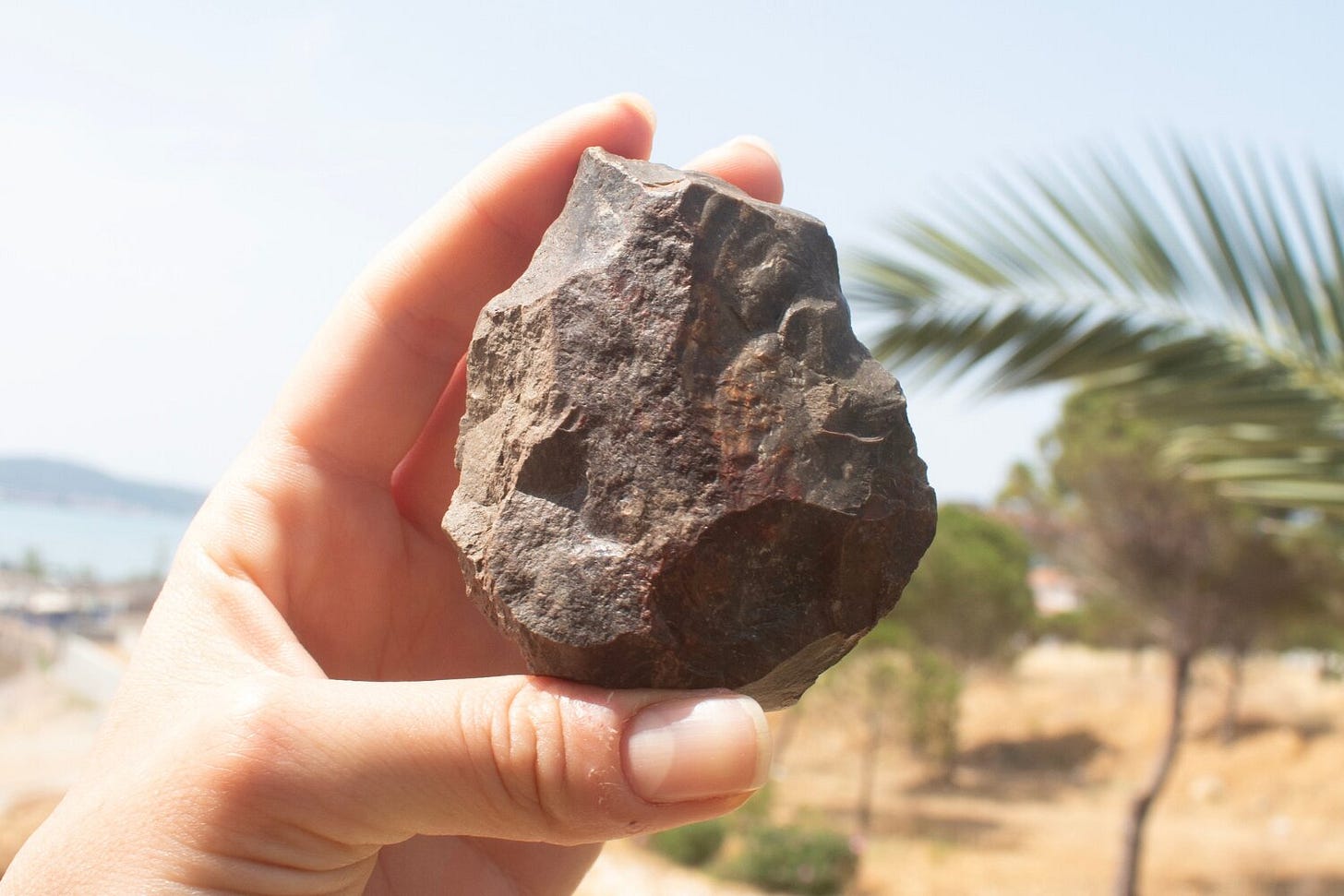
Lost Landscapes and Exposed Corridors
During glacial maxima, sea levels in the Aegean dropped by over 100 meters. What is now a patchwork of islands once stretched as a wide land corridor connecting Anatolia and Europe. Bulut and colleagues surveyed more than 200 square kilometers across this terrain, identifying ten sites and cataloging 138 stone artifacts.
Among these were Levallois flakes, handaxes, and cleavers—technologies linked to the Middle Paleolithic Mousterian tradition and used by Neanderthals as well as early Homo sapiens. Such finds suggest that Ayvalık was not a marginal area but a strategic point for mobility, resource access, and possibly contact between populations.
“These large cutting tools are among the most iconic artifacts of the Paleolithic,” notes Dr. Göknur Karahan of Hacettepe University. “Their presence in Ayvalık provides direct evidence that the region was part of wider technological traditions shared across Africa, Asia, and Europe.”
Tools That Travelled, People Who Adapted
The lithic assemblage revealed more than mere presence; it documented technological continuity. Levallois cores, prepared flakes, and retouched implements show a diversified toolkit. Flint and chalcedony were sourced locally, but the consistency of the assemblage with broader Aegean and Anatolian industries suggests knowledge networks stretching beyond the immediate region.
“The findings paint a vivid picture of early human adaptation, innovation, and mobility along the Aegean,” Karahan explains. “Ayvalık, which had never before been studied for its Paleolithic potential, holds vital traces of early human activity.”
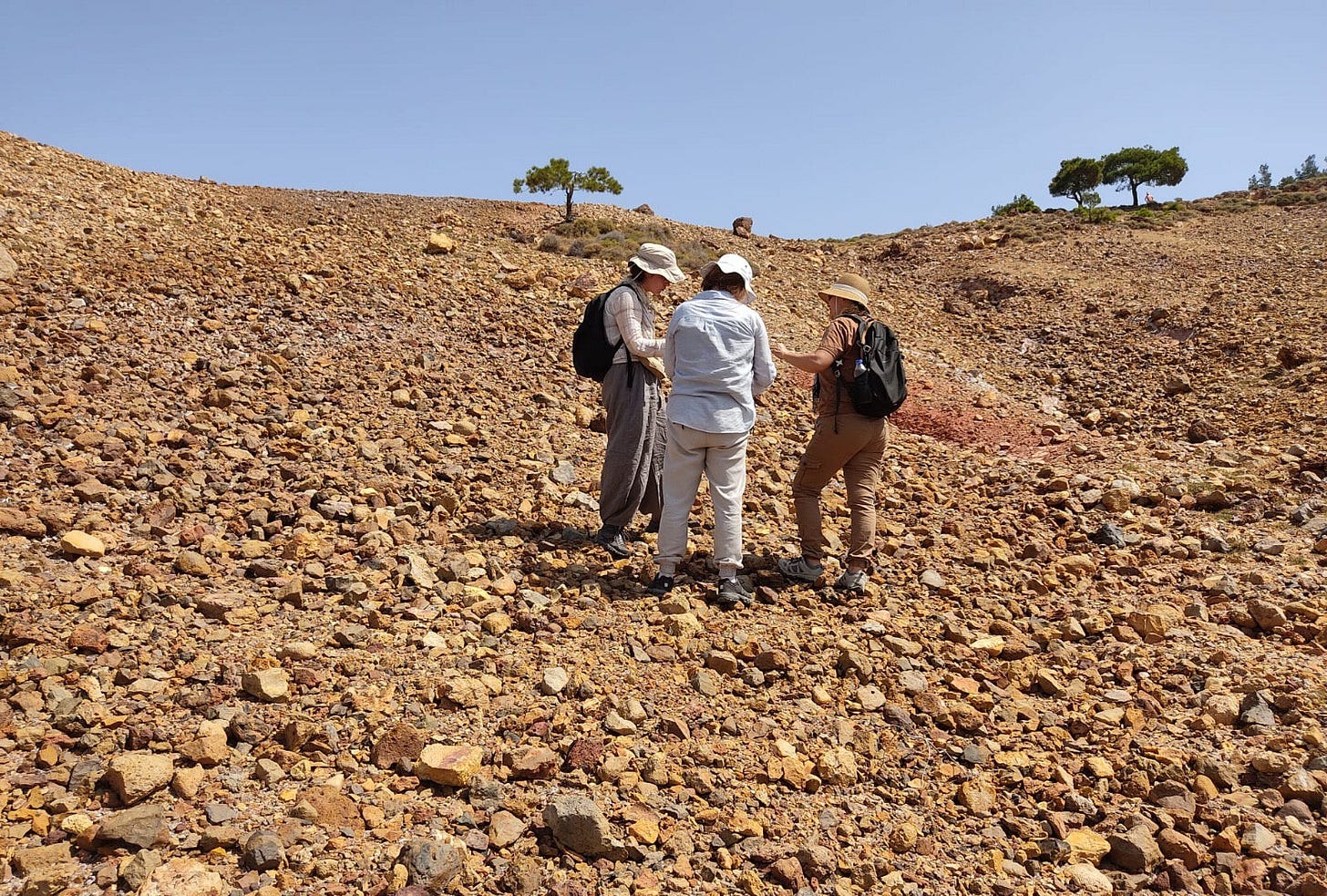
A Region Hidden in Plain Sight
Archaeological visibility in Ayvalık has long been hindered by active coastlines, alluvial deposition, and urban development. Yet even a brief survey in 2022 produced a striking record. The team traversed muddy lowlands and coastal plains, identifying high-quality raw material sources, including flint nodules exposed by erosion. These conditions hint at more extensive Paleolithic deposits still buried under sediments or submerged offshore.
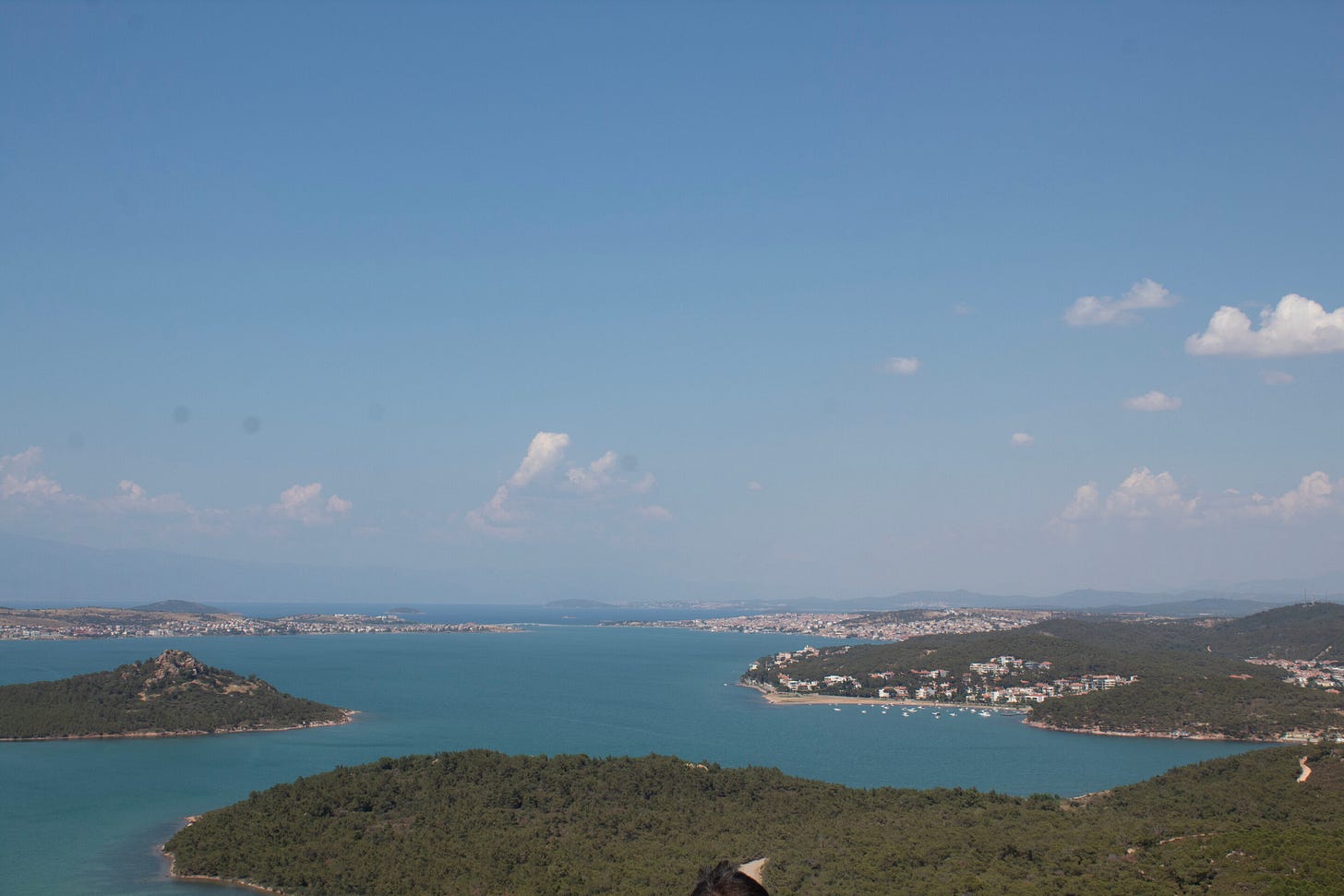
Dr. Hande Bulut of Düzce University emphasizes that the discovery is only the beginning:
“Ultimately, the results underline Ayvalık’s potential as a long-term hominin habitat and a key area for understanding Paleolithic technological features in the eastern Aegean.”
Implications for Human Migration
The Ayvalık findings challenge the simplicity of established migration models. Rather than a single northern or southern route, early humans may have moved through multiple corridors, each opening and closing with the rhythms of glacial and interglacial periods. The evidence also underscores the resilience and adaptability of Paleolithic populations to changing coastlines and shifting ecologies.
Future research will need absolute dating, stratigraphic excavation, and paleoenvironmental reconstruction to clarify the temporal depth of the Ayvalık assemblage. Still, the survey offers a tantalizing glimpse of a missing chapter in the story of human dispersal.
Related Research
Harvati, K., et al. (2019). “Apidima Cave fossils provide earliest evidence of Homo sapiens in Eurasia.” Nature, 571(7766), 500–504. https://doi.org/10.1038/s41586-019-1376-z
Çiner, A., et al. (2021). “Sea-level changes and submerged prehistoric landscapes in the Aegean.” Quaternary International, 585, 70–83. https://doi.org/10.1016/j.quaint.2020.08.010
Karkanas, P., & Douka, K. (2023). “Eastern Mediterranean corridors in early human dispersals.” Journal of Human Evolution, 176, 103305. https://doi.org/10.1016/j.jhevol.2023.103305
Bulut, H., Karahan, G., & Özçelik, K. (2025). Discovering the paleolithic ayvalık: A strategic crossroads in early human dispersals between Anatolia and Europe. The Journal of Island and Coastal Archaeology, 1–23. https://doi.org/10.1080/15564894.2025.2542777



